What to see in Belluno
Ponte della Vittoria
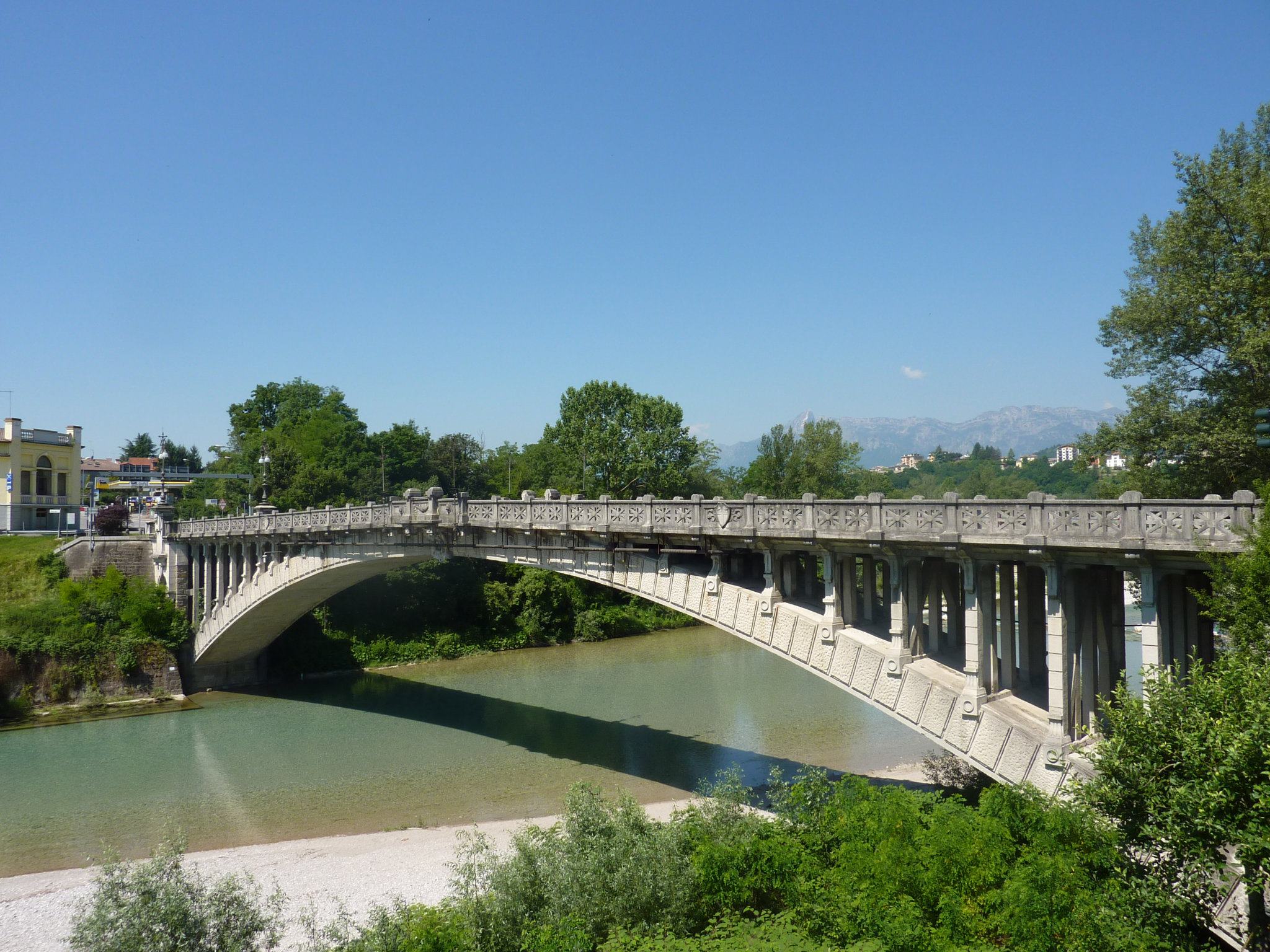
Built between 1923 and 1926 by the Venetian Eugenio Miozzi ( 1889-1979) to replace the previous bridge, further up river of which only the first arch still remains. It was built from 1837 to 1841 by Antonio Zilli and collapsed in 1882. Inaugurated on the 23rd of May 1926 by King Vittorio Emanuele III. The decorative… Continue reading Ponte della Vittoria
Porta Dojona
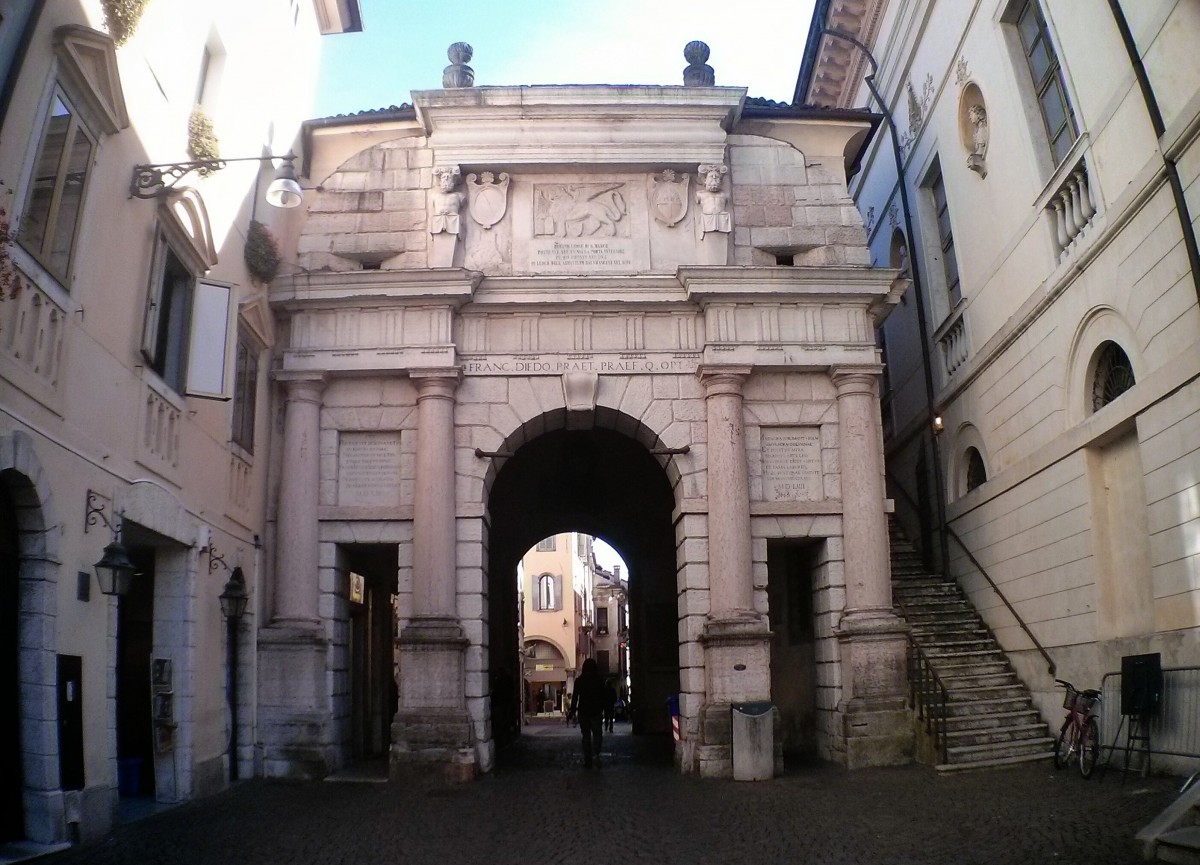
In ancient times this was also known as “Porta di Foro”, and took its name from the nearby tower (Dojon) which together constituted a fortification at the north east corner of the old city wall. The internal arch was erected in 1289 by Vecello da Cusighe. The renaissance front door from 1553 is by Niccolò… Continue reading Porta Dojona
Porta Rugo
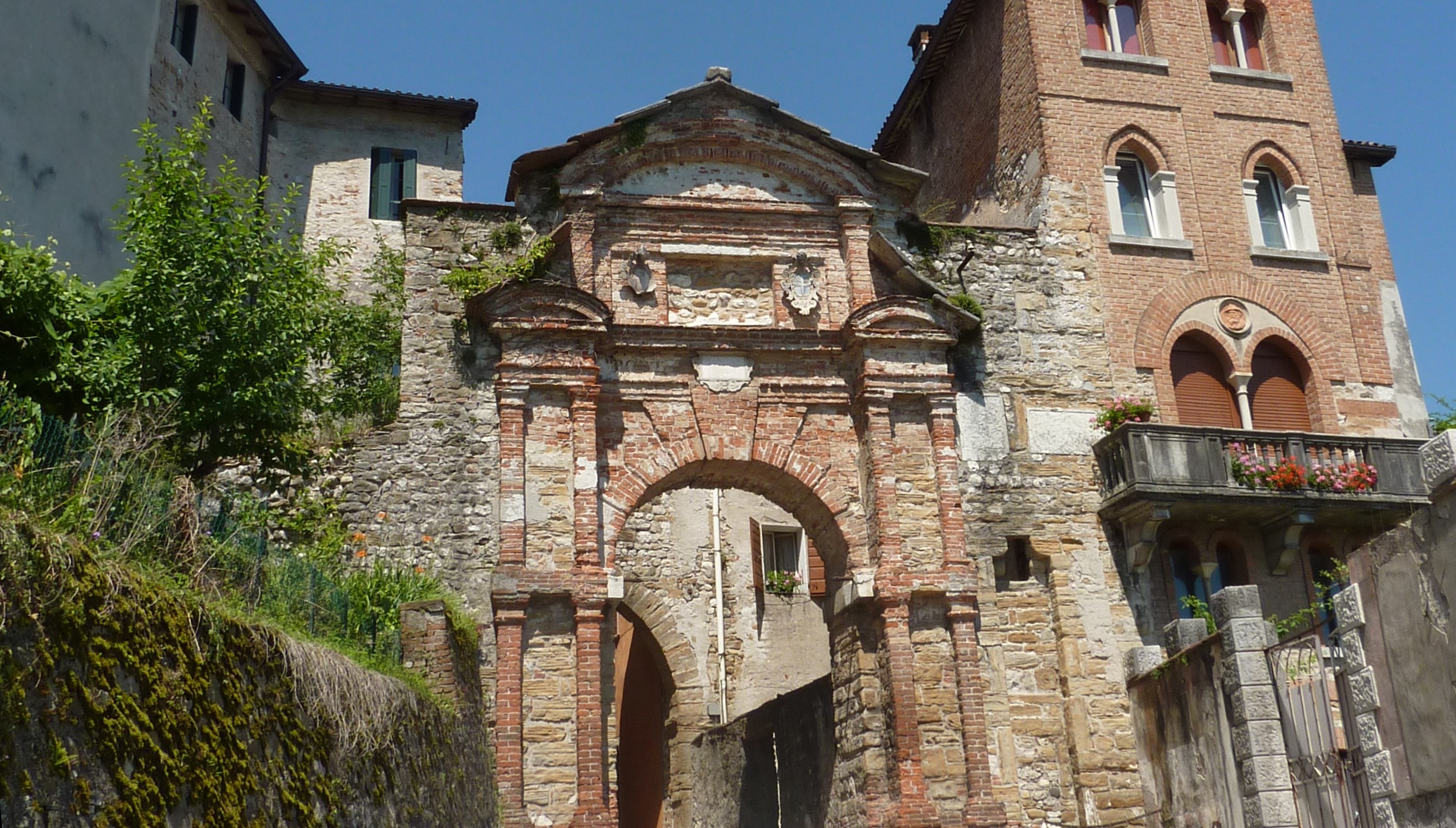
The southern gateway to the city from the river port of Borgo Piave. The lateral fortification which defended it was knocked down at the beginning of the 1800’s. All that remains is the interior arch which dates from the late 13th century. The facade was designed by the architect Lorenzo d’ Alchini in 1622 for… Continue reading Porta Rugo
Theological College
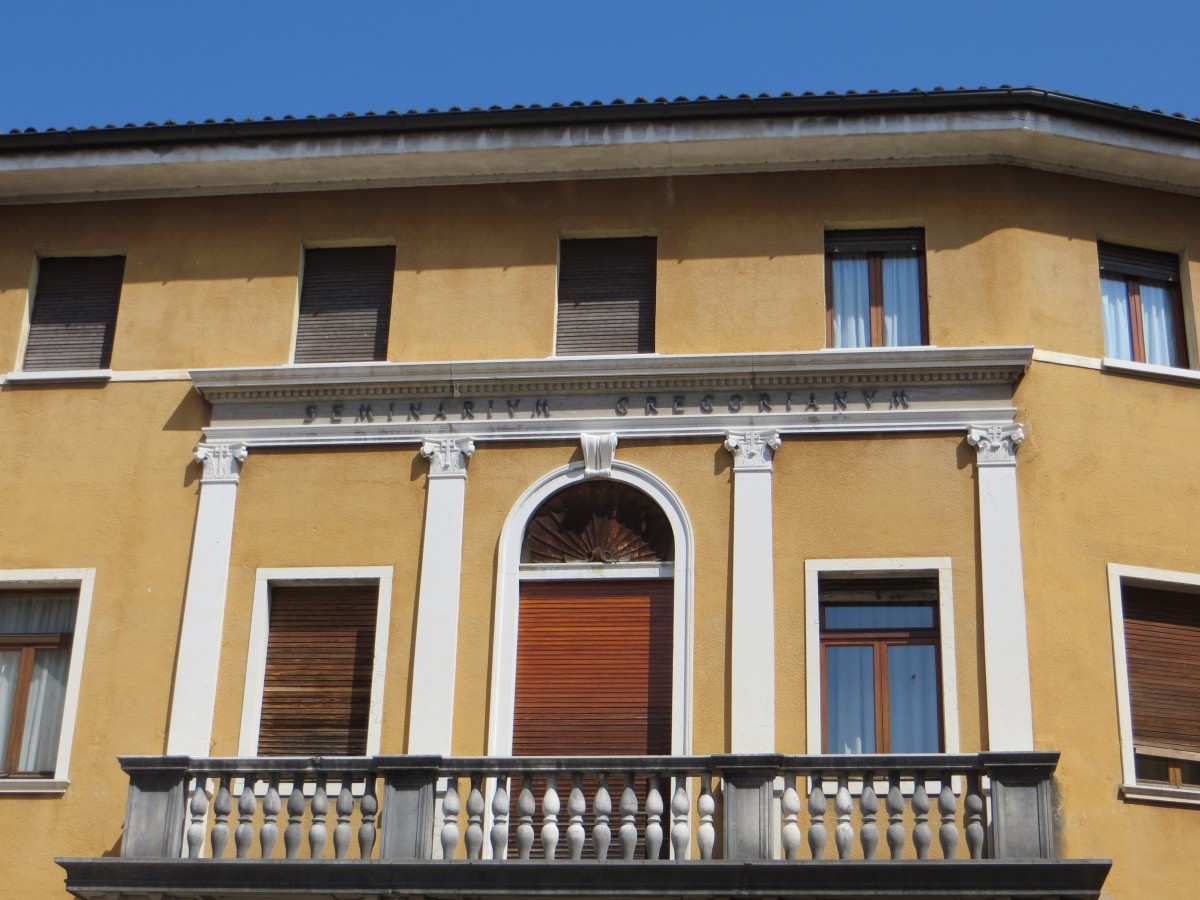
A convent of the Franciscan order, it was erected in the 13th century .The bell tower was rebuilt in 1882 after the damage sustained during an earthquake in 1873. Inside there are two cloisters ( 15th and 16th century) with a central well from 1730. The convent was suppressed in 1807 and the building became… Continue reading Theological College
Train Station
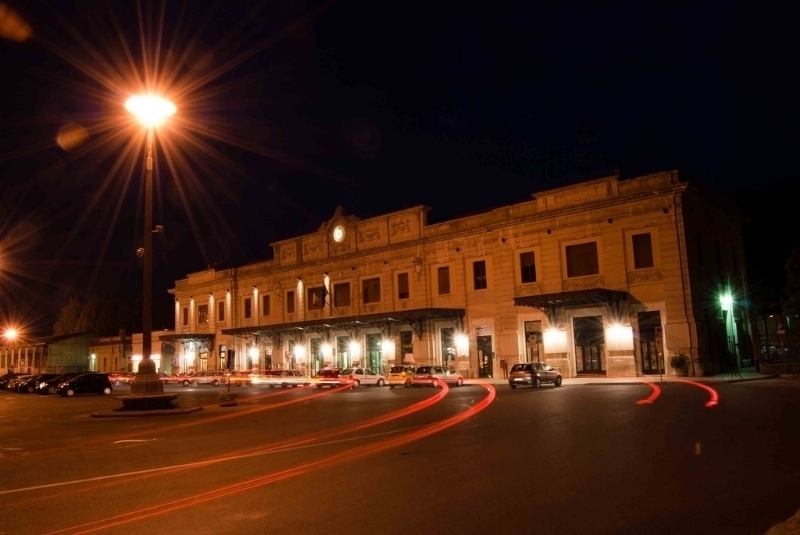
Built by the engineer Benedetto Protti, it was inaugurated on 28th October 1928, when the old station, built in 1886, was moved from the site where today exists the Scuola Gabelli. The nearby gardens were reorganised to thei present layout by Alberto Alpago-Novello in 1940. Foto di Patricia Leles
Baptistery
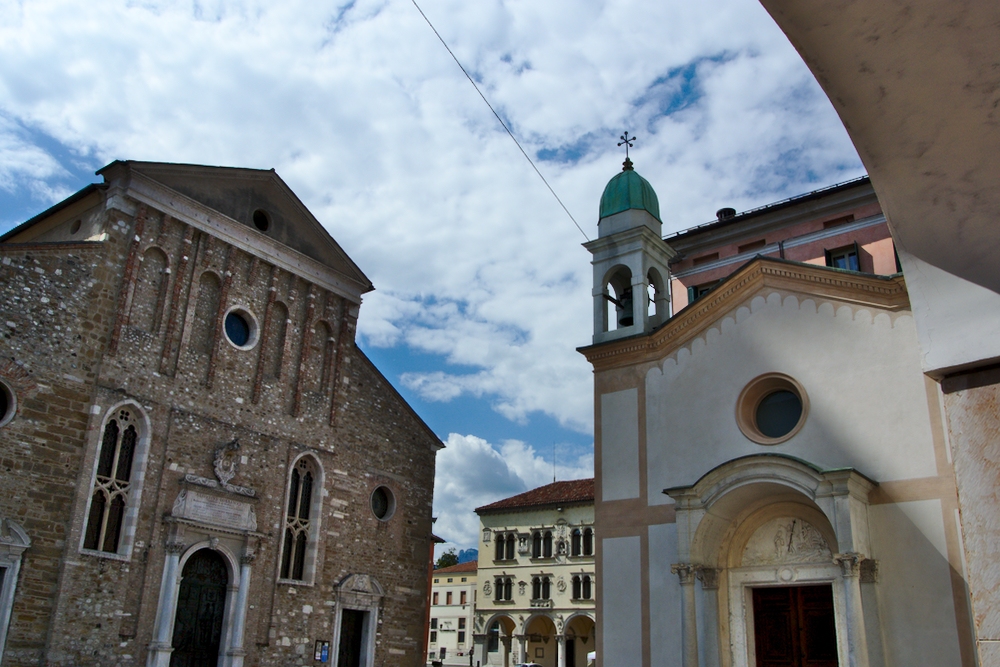
Built in 1516 on the foundations of a previous church dedicated to S. Martino. After the old Baptistery was knocked down in 1555, it took over the name and role of that building. The earthquake of 1873 destroyed the nearby S.Andrea’s church, from which comes the fourteenth century Madonna delle Grazie. Inside, on the baptismal… Continue reading Baptistery
Savings Bank
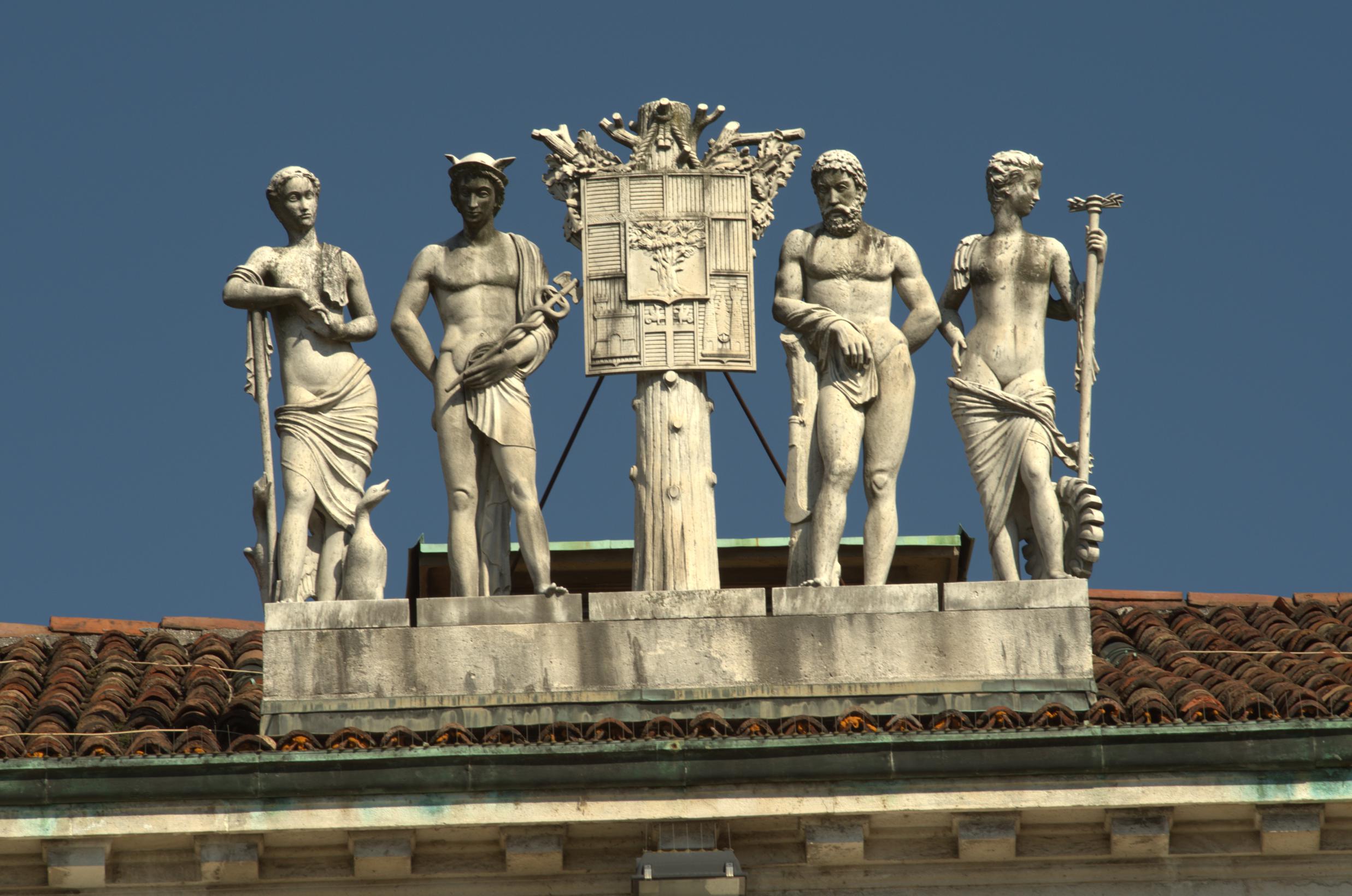
Designed in 1939 by Alberto Alpago-Novello and built in 1947 to substitute an earlier, lower building with porches in order to complete one side ofthe square. The creative use of interior space is of particular interest. Foto di Manuele Sangalli
Gabelli School
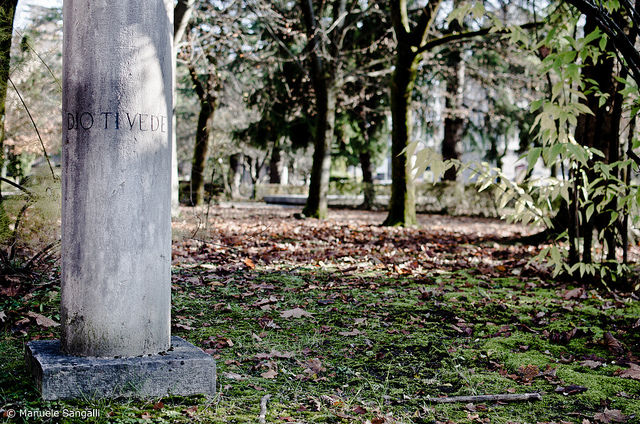
Dedicated to the memory of the Bellunese pedagogue Aristide Gabelli (1830-1891), the school was built in 1933-34 with internal and external spaces designed by the engineers Agostino and Guglielmo Zadra to ensure the best possible didactic application ofthe Montessori-Pizzigoni method. It lies on the site of the fist city railway station, built in 1886 and… Continue reading Gabelli School
Loreto Church
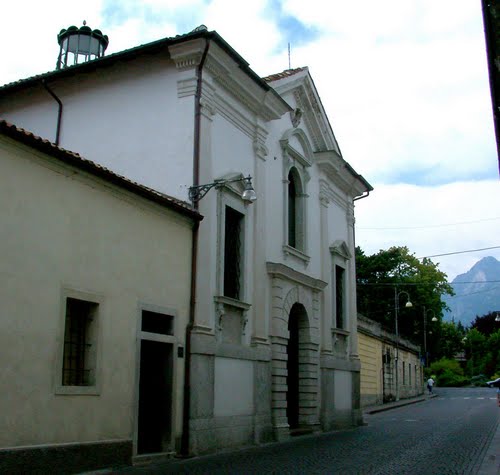
Constructed between 1612 and 1641 on a design by the cappuccino monk Andrea da Venezia, and completed with the annexed convent ofthe Clarisse order. The convent was converted into a public school in 1806. Refurbished in 1952. lnside there is a wooden monstrance by Andrea Brustolon. Foto di Aldo De Bastiani da Panoramio
San Biagio Church

Originally named S. Croce di Campestrino, it was the first church of Belluno’s Christian community. Originally erected outside the urban Roman perimeter, it stilI maintains the floor plan of a Greek cross, from the 6th century. Next to the church there was a hospice that, from 1184 until 1793, served also as a centre for the… Continue reading San Biagio Church
San Nicolò Church
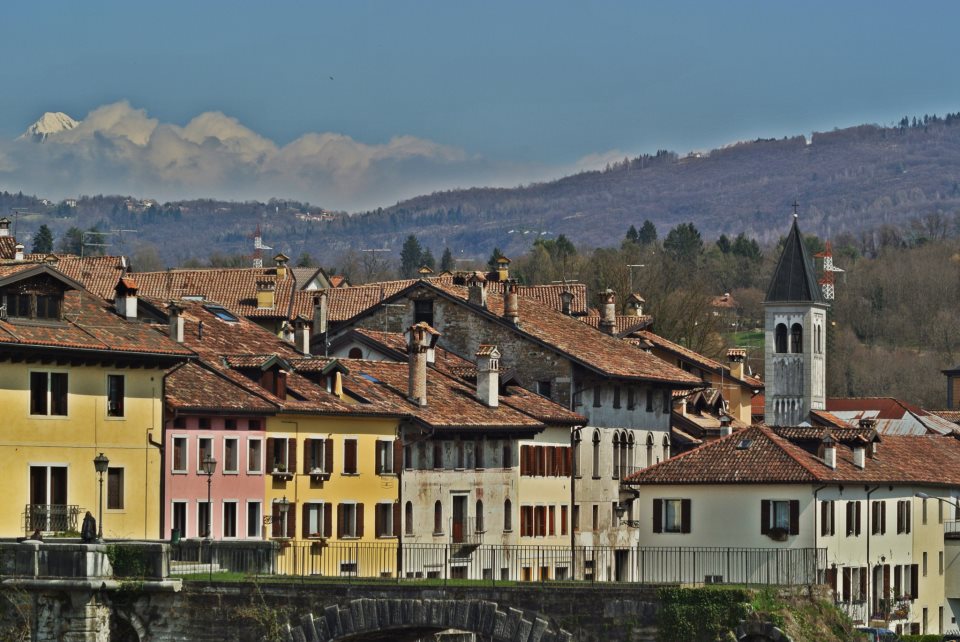
Spiritual centre of the community of Borgo Piave, dedicated to S. Nicola protector of the barges that used to transport timber from Cadore to Venice. The first building was erected in 1361, then reconstructed in 1547 and altered along neoclassic lines in 1861. On the facade are epigraphs dedicated to the bridge over the Piave,… Continue reading San Nicolò Church
San Pietro Church
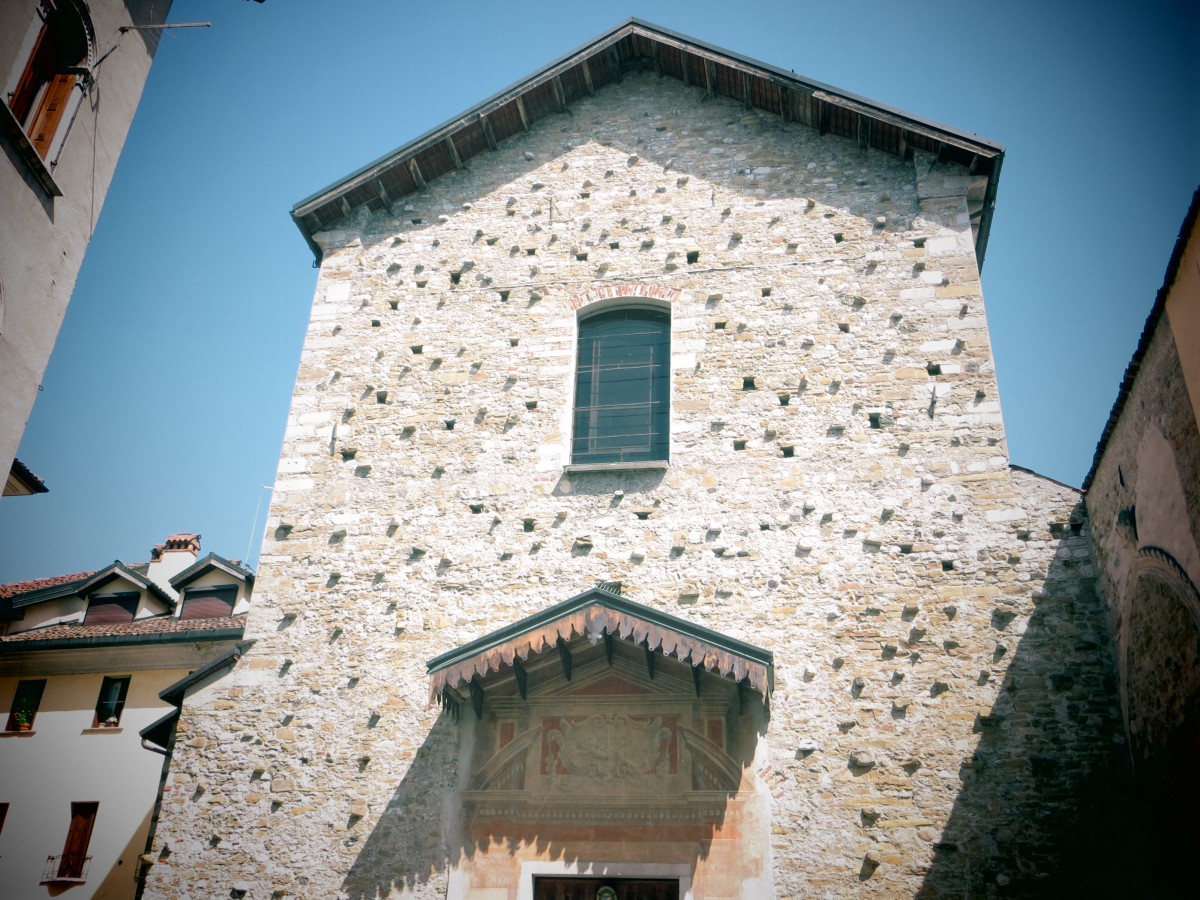
Built by the Franciscans in 1326, it was completely reconstructed in 1750, moving back the facade which left visible high up on the right of the churchyard one of the internal gothic arches. It contains works by Sebastiano Ricci, Andrea Schiavone and two wooden altar pieces by Andrea Brustolon (1662-1732 ), which came from the… Continue reading San Pietro Church
Italia Movie Theatre
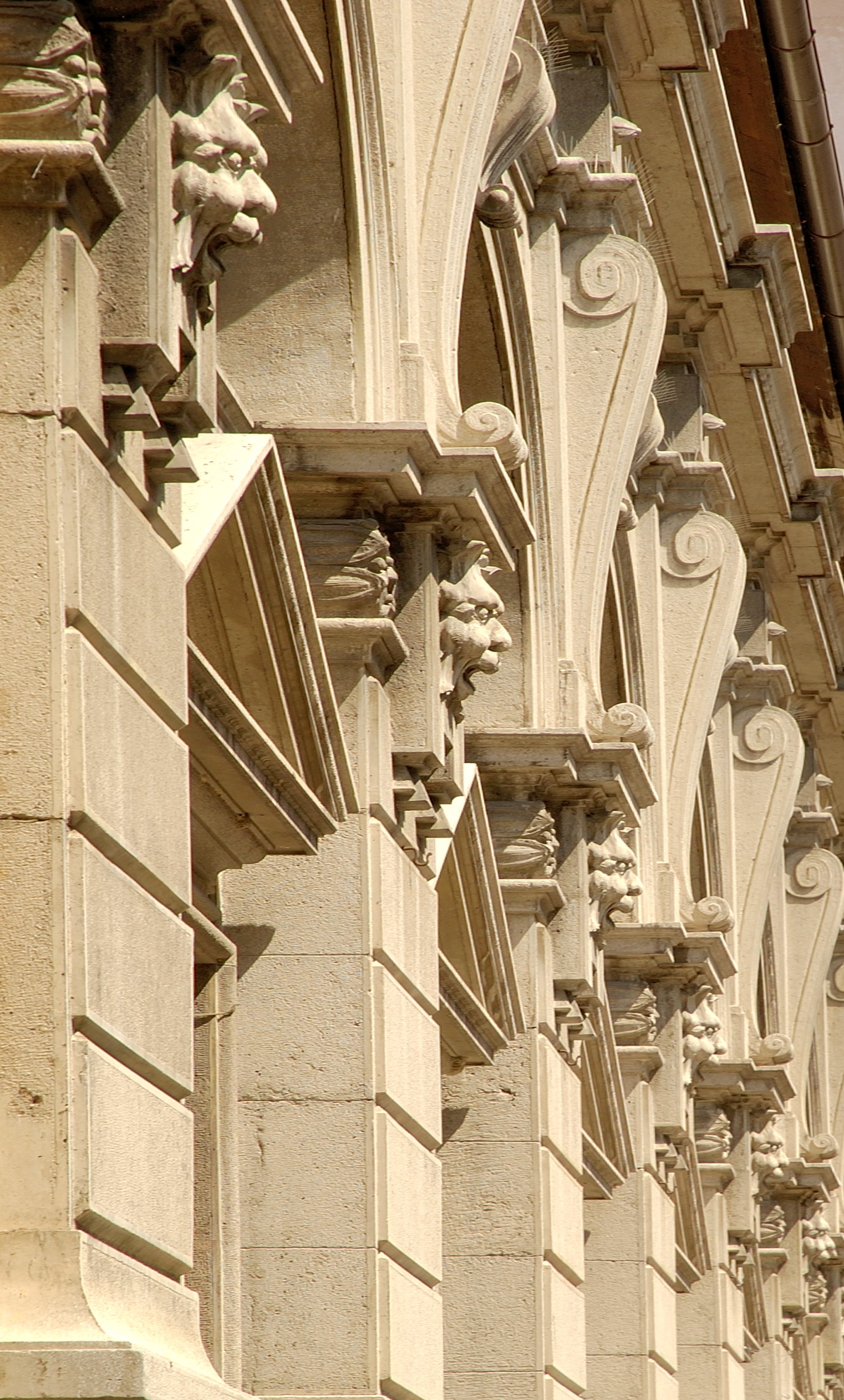
Built by the Bellunese architect Riccardo Alfarè (1882-1969) it was constructed in an eclectic style in 1926 in an area already altered in the 1800’s (originally a salt warehouse) on the site of what used to be the ancient church ofS. Maria Nova, built in 1326 and destroyed during the Napoleonic era.
San Rocco Church

Constructed between 1530 and 1561 as a votive offering by the city for relief from a plague. Coat of arms of rector Giacomo Salomon on the column and of Pietro Loredan under the statue of the facade. Administered by the Cappuccini monks from 1605 to 1769 with a convent at the rear, later converted to… Continue reading San Rocco Church
Santa Maria dei Battuti Church

Built in the early 14th century for the Flagellant brotherhood, two epigraphs record the erection ofthe bell tower in 1415 and the completion of the building in 1441. Originally it was rich in works of art.(Alvise Vivarini, Paris Bordon, Carlo Caliari) but these were removed after the suppression of 1806. The sculptured gothic portal was… Continue reading Santa Maria dei Battuti Church
Santo Stefano Church

Built between 1468 and 1491 for the Serviti. Inside there is cappella Cesa from 1485 with wooden altar piece by Matteo and Antonio Cesa and frescoes attributed to Jacopo da Montagnana. Cappella dell’Addolorata from 1737. On the walls are paintings by Cesare Vecellio, Francesco Frigimelica, Antonio Lazzarini and others. Two angels and a crucifix by… Continue reading Santo Stefano Church
Servite Order’s Cloister

Constructed from 1463 to host a community of the Servi di Maria order, which remained in Belluno until Napoleonic suppression in 1806. It was requisitioned for administrative use and now is the headquarters of the Intendenza di Finanza.
Collegio dei Gesuiti

Commenced in 1704 on a project by the architect Andrea Pozzo with the attached church of S. Ignazio, redesigned in 1714 by the Austrian Matthias Gremsel. Used as a school from 1773 after the suppression of the Jesuits. It was requisitioned in 1797 by the occupying French forces for military purposes, which continued until 1995.
Duomo – Cattedrale di S. Martino

An initial building was documented in 548. On the facade are fragments dateable to the 9th and 10th centuries. It was damaged by a fire in 1471 and rebuilt from 1517 on a design by Tullio Lombardo. In 1732 the baroque bell tower by Filippo Juvarra was added. Inside are works by Cesare Vecellio, Jacopo… Continue reading Duomo – Cattedrale di S. Martino
Water fountains
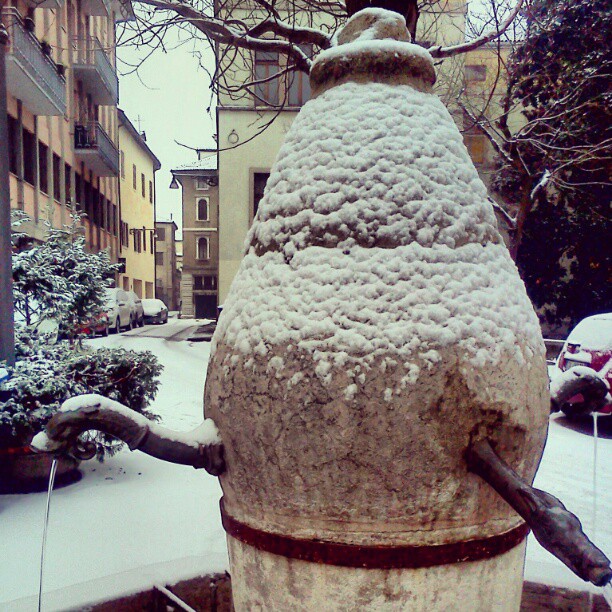
San Gioatà Fountain – 1410 – Piazza del Duomo S. Maria Dei Battuti Fountain – 1800 – Piazzetta S.Maria dei Battuti Motta’s Fountain – 1561-2 – P.zza S.Lucano San Lucano Fountain – 1318 – Piazza del Mercato Foto di radel_ da instagram [nggallery id=13]
Loggia of Ghibellines
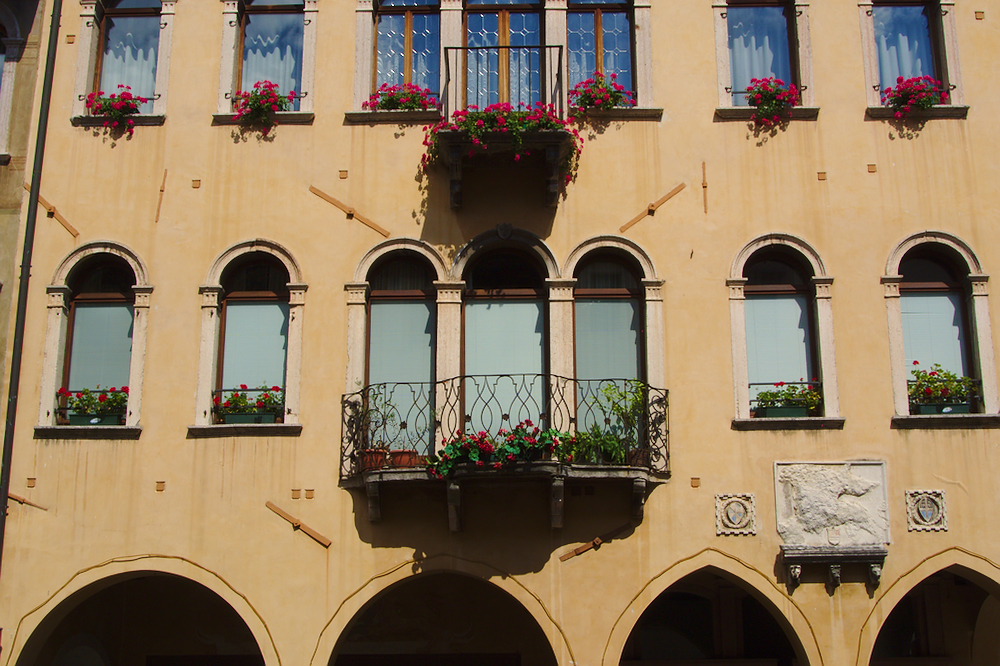
In 1471 the Costantini family from Cadore built their palazzo, where the anti-Papal Ghibellini movement used to meet, on the site of a previously existing Loggia constructed in 1347. In July 1509 it was host to Emperor Maximilian von Habsburg during the Cambric war. Once Belluno was retaken by Venice the lion of S. Marco… Continue reading Loggia of Ghibellines
Mount of piety
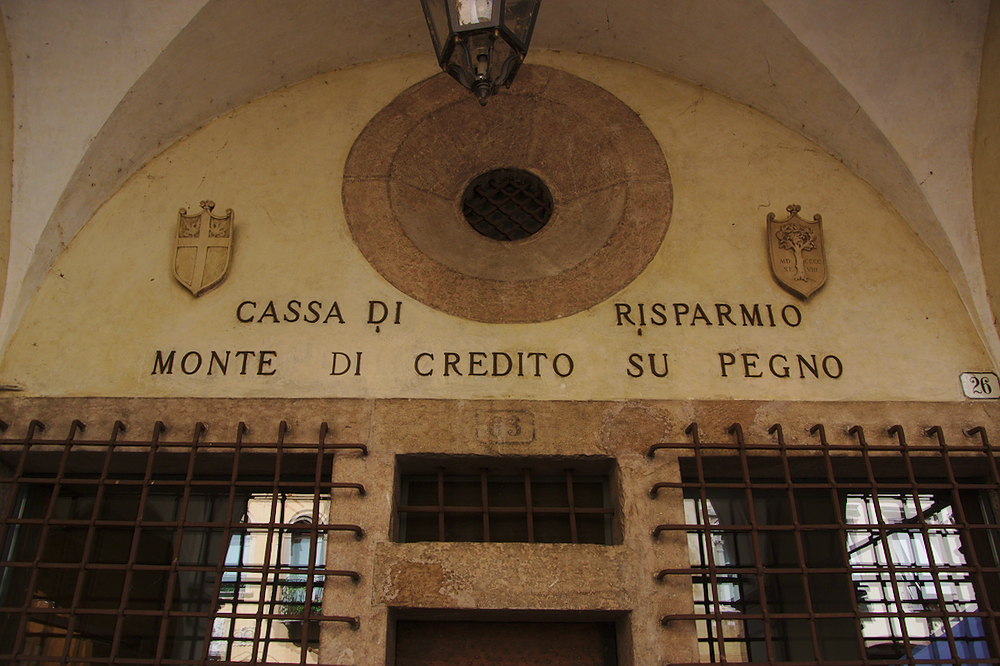
Built between 1501 and 1531 it still shows the original door and part of the original frescoes inside. On the facade is the symbol of the pawnbroker’s, carved in stone. There are numerous coats of arms of Venetian rectors who assured the administrative autonomy of the pawnbroker’s. In the annexed Vergine della Salute church there… Continue reading Mount of piety
Crepadona Palace – Public Library

16th century building by Niccolò Crepadoni, uniting a series of pre-existing buildings. The roof-deck is built on the basis of one of the old towers. The remains of the original frescoes can be seen on the ground and first floors. In the internal portico there is the Roman sarcophagus of C. Flavio Ostilio Sertoriano and… Continue reading Crepadona Palace – Public Library
Palazzo dei Giuristi – Public Museum
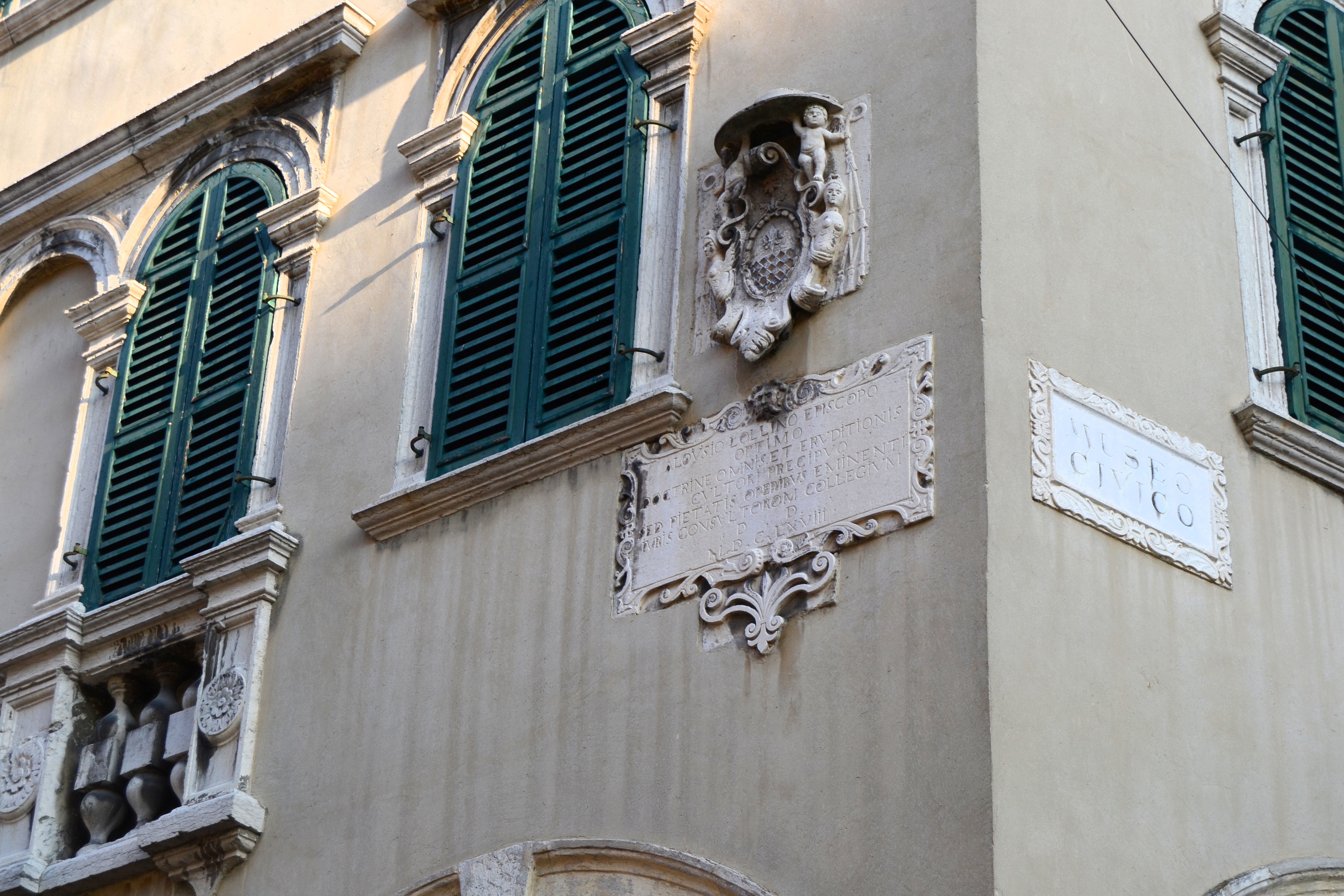
Built in 1664 from the Collegio dei Giuristi, created in 1491 to put together the Bellunese law graduates who studied at the University of Padova. On the outside are memorial stones with coats of arms of the benefactors who left the College a sizeable sum of money with which they carried out work of public… Continue reading Palazzo dei Giuristi – Public Museum
Coletti Palace
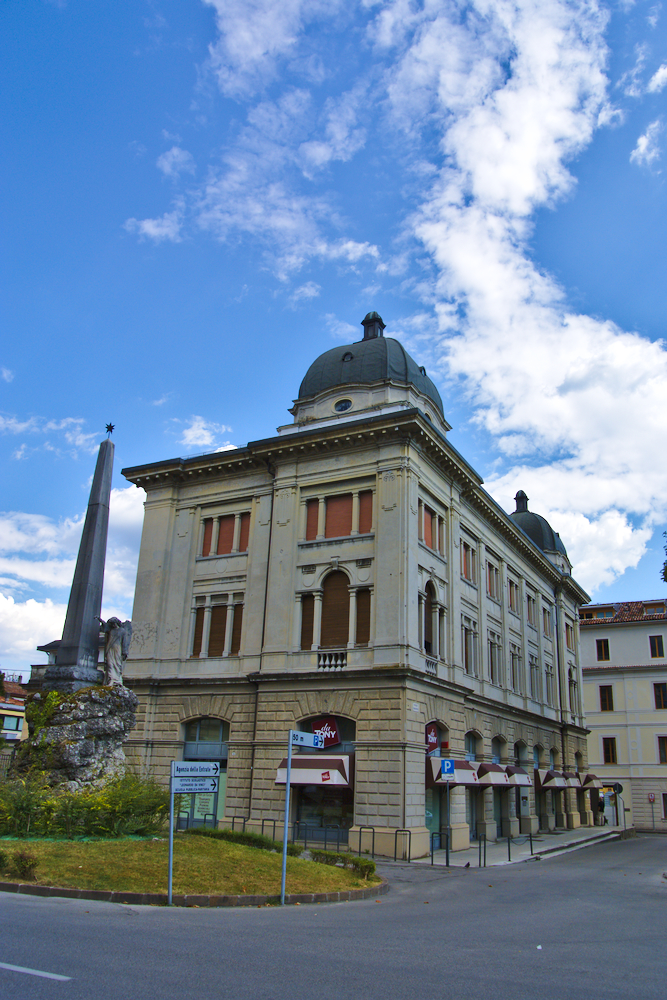
Built by the Bellunese architect Riccardo Alfarè (1882-1969) at the moment when it was decided to resite the train station further north. The building, originally intended to be a furniture factory, combines neoclassic and modernist elements. It was only completed after the war, in 1918.
Reviviscar Palace
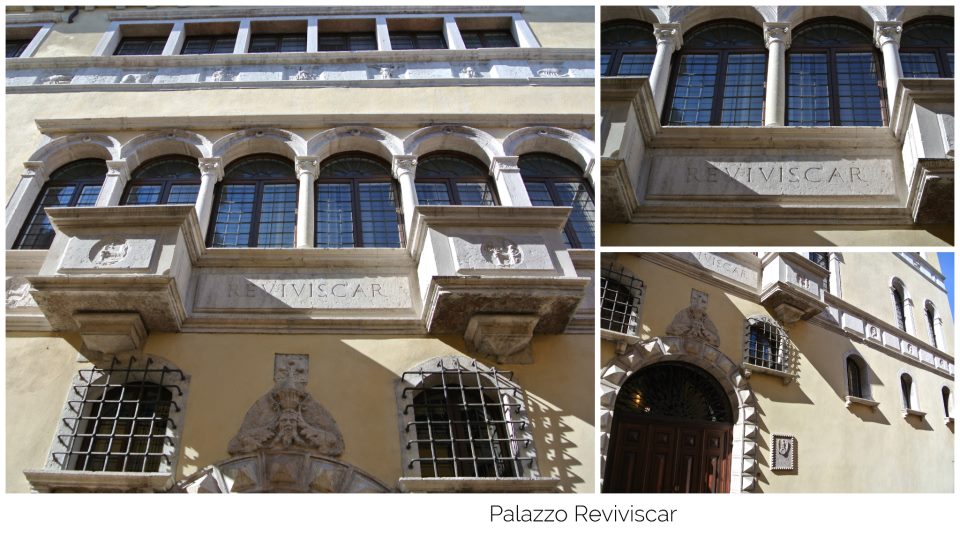
On a 14th century house-tower, belonging to Gaia da Camino, the Persico family built its palazzo. The facade, characterised by memorial stones, was added between 1496 and 1506. After 1596 it belonged to the historian Giorgio Piloni. It was extensively modified in the 1800’s. A devastating fire in 1933 left only the facade intact. It was reconstructed in 1941.
Villa Buzzati

On an earlier 16th century residence ofthe Sacello family, the last of whom died in 1735, Cesare had constructed the current complex, which is an example the romantic tastes of the early 1800’s, neogothic elements added towards the end of the century .The exterior is decorated with 19th century frescoes. It was the birthplace and residence of the writer… Continue reading Villa Buzzati
Palazzo dei Rettori – Prefecture
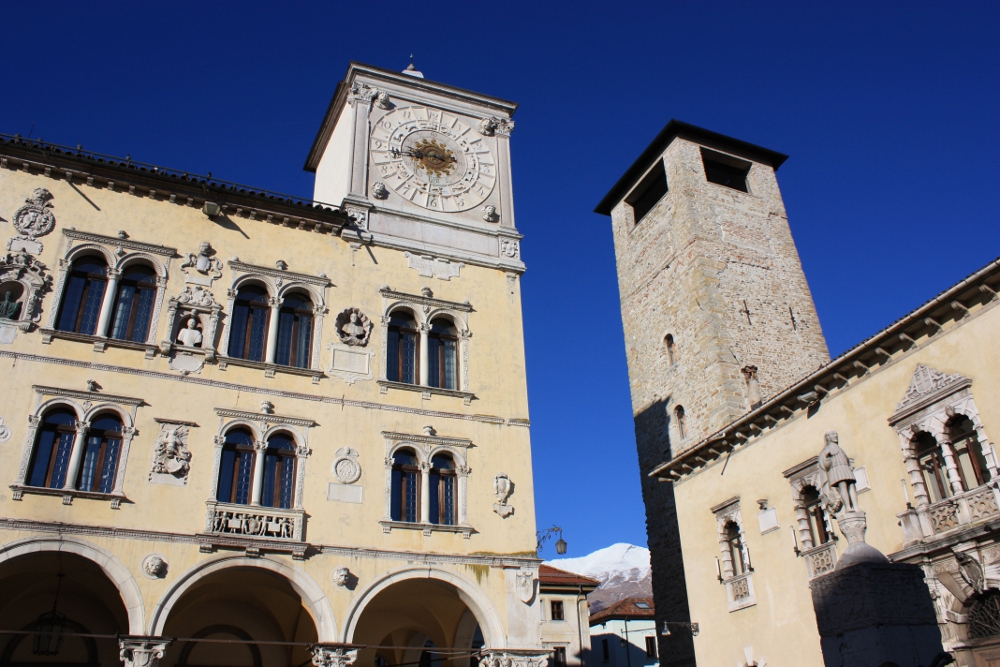
In 1491 a Venetian style loggia with 3 arches was added to the front of a fortification originally built in 1409 (burnt down in 1802). In 1496 a project of enlargement was carried out by the Venetian Giovanni Candi and finally completed in 1536. Between 1536 and 1547 the clock tower was added. On the… Continue reading Palazzo dei Rettori – Prefecture
Palazzo della Provincia
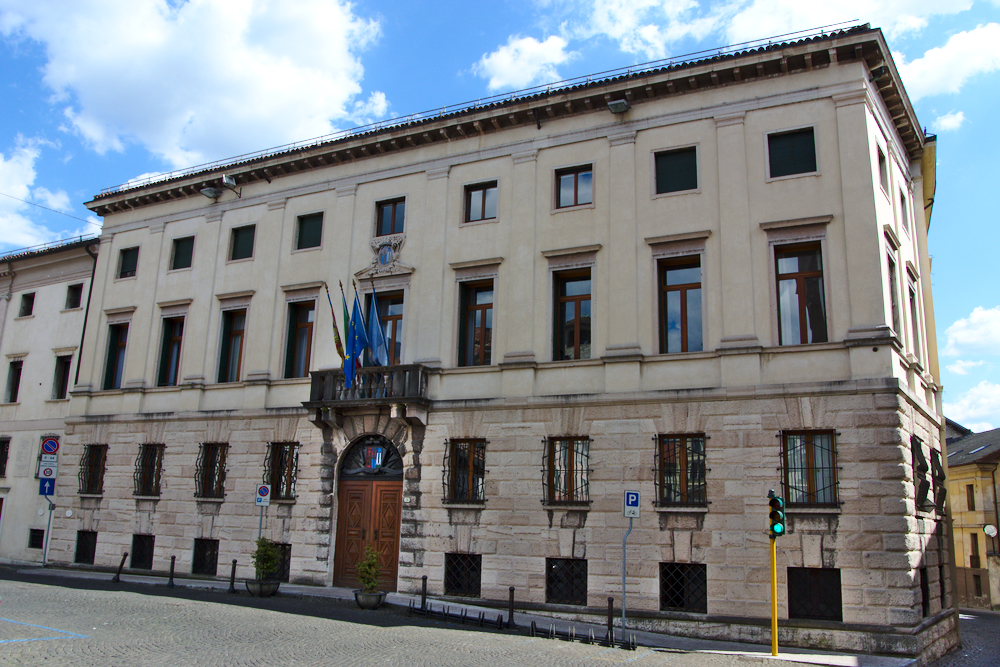
Enlargement work carried out from 1926-28 by the architect Alberto Alpago-Novello in order to close the southern section of the Piazza Duomo with a monument. It was built on the site of the old grammar school, in front of which used to be the two churches of S. Giovanni and S. Andrea, which were knocked… Continue reading Palazzo della Provincia
Postal Service Palace
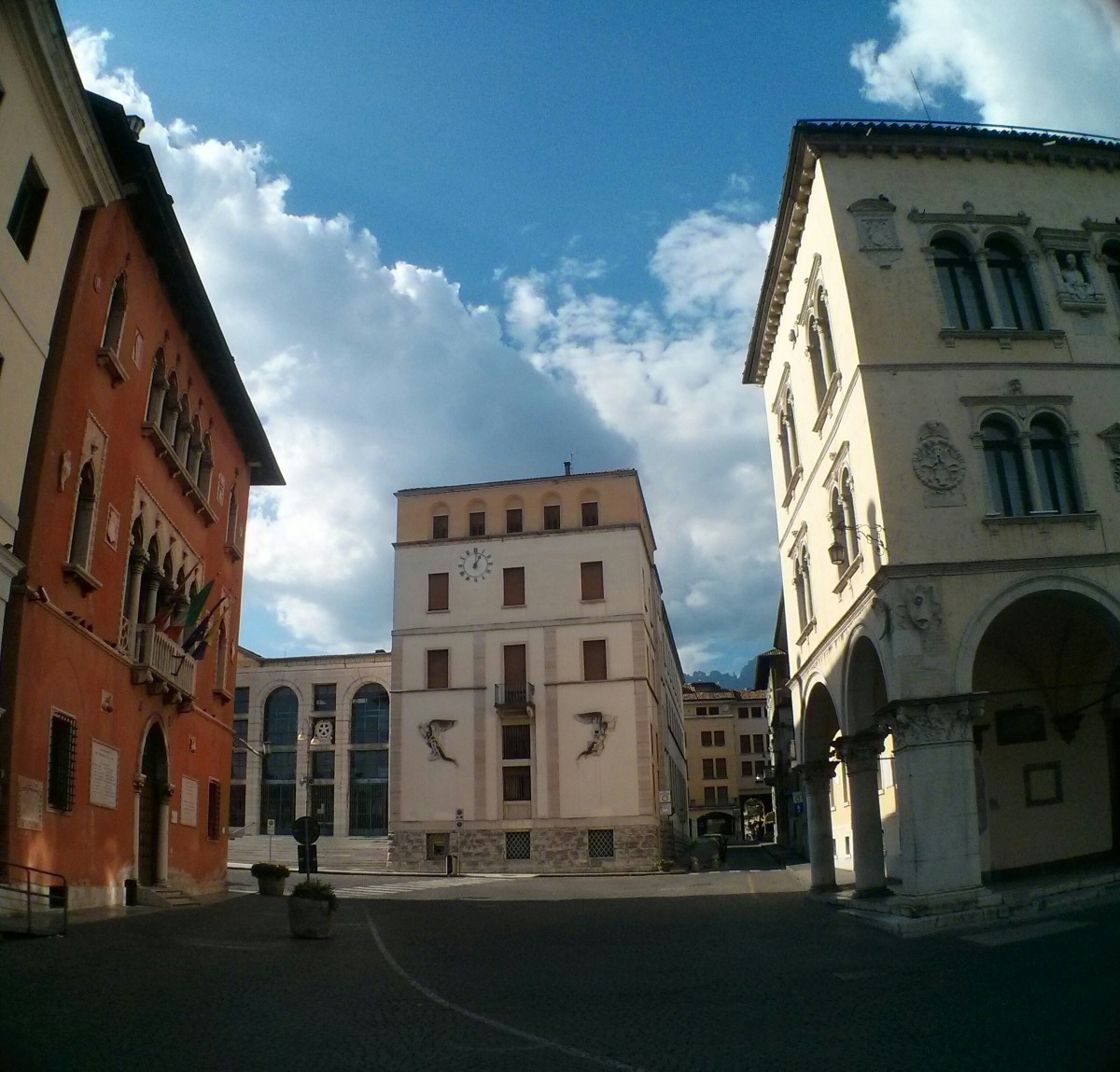
Built between 1936-38 by the architect Alberto Alpago-Novello in an area that was the original site of the city castle for a thousand years. As time went by during the Venetian era this castle was progressively abandoned and completely knocked down after 1806 and substituted with a prison. The remains can be seen in the… Continue reading Postal Service Palace
San Fermo Church

On the remains of a 6th century building (fragments of figures are built into the facade) a small chapel was built, and then enlarged in 1624 to its current form. It was consecrated in 1672 under the rectorship of Giuseppe Zuliani (1808-1846). It was adorned with many works by Andrea Brustolon, which came from town churches forced to close… Continue reading San Fermo Church
Doglioni-Dalmas Palace
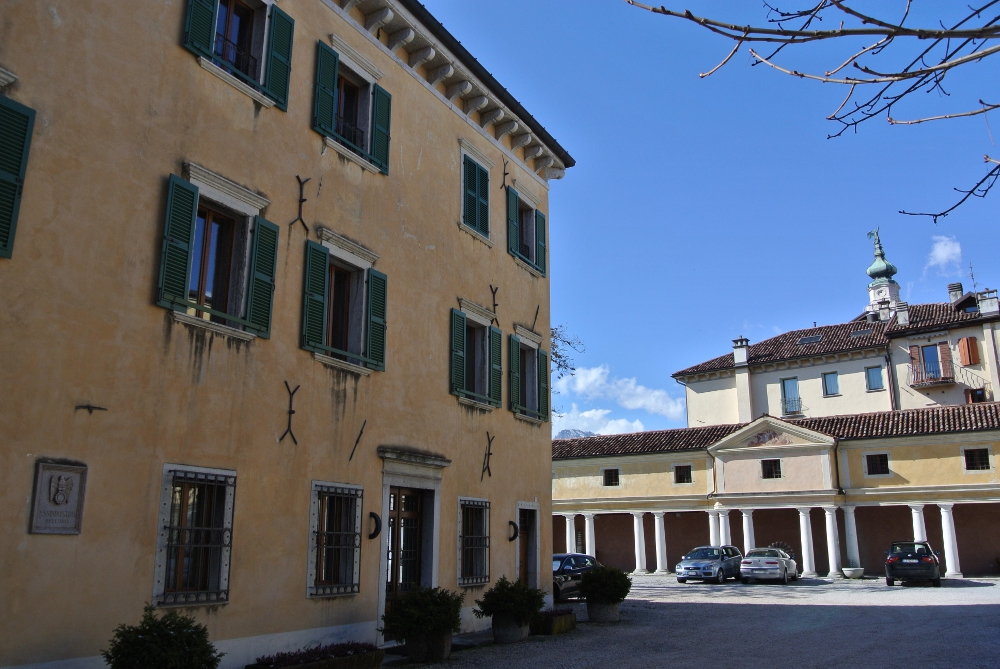
Built in the middle of the 18th Century, Andrea Alpago had the building finished by the architect Valentino Alpago-NovelIo for the wedding of his daughter Marianna to Matteo Doglioni-Dalmas in 1785, with the addition ofthe annex (barchessa) possibly by the architect Clemente Doglioni. lnside there is a series of frescoes from the late 1400′ s… Continue reading Doglioni-Dalmas Palace
Fulcis Palace

This complex was built by the architect Valentino Alpago-Novello in 1776, and unites 3 buildings which were previously separate. The principal nucleus of this building, with important stucco decoration, was originally decorated with 3 works of art by Sebastiano Ricci (now on display in the Museo Civico) commissioned by Pietro Fulcis.
Pagani Cesa Palace
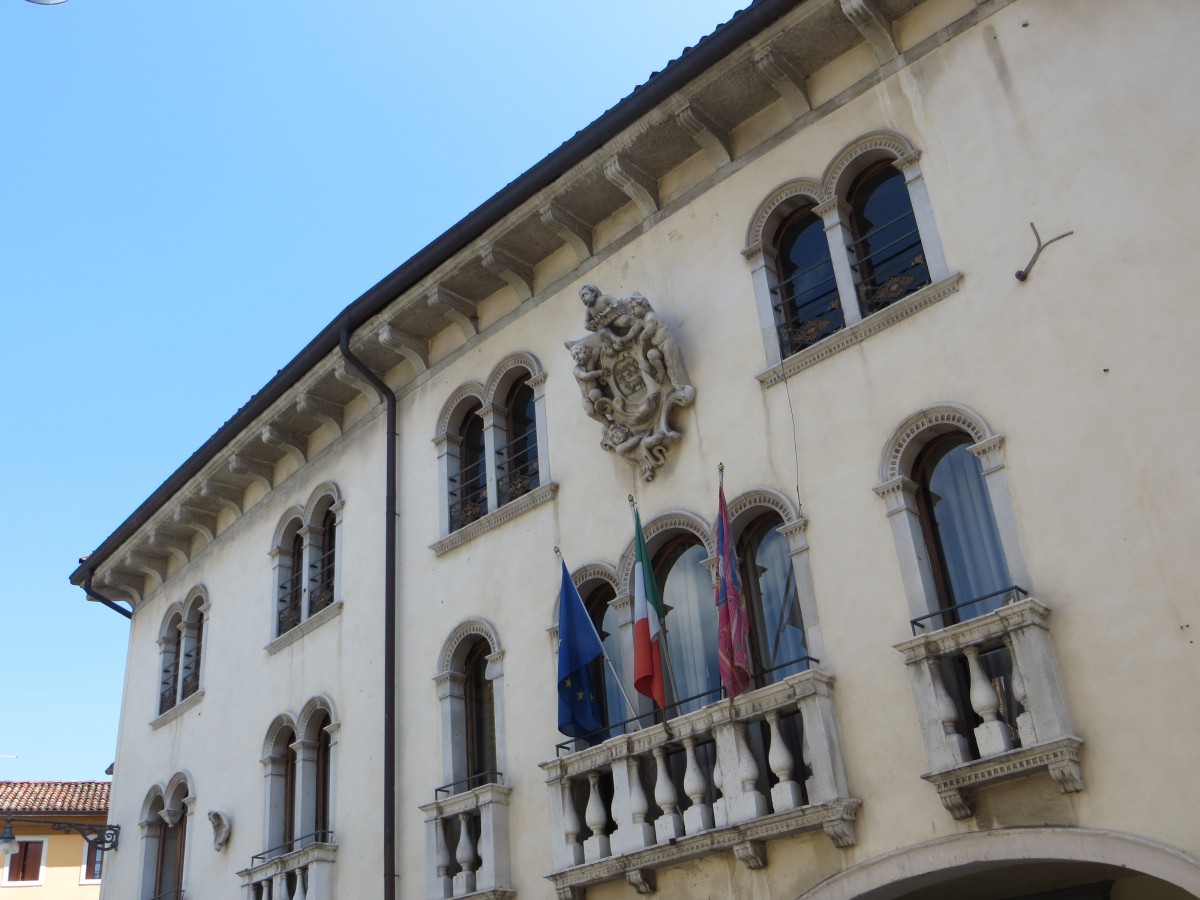
Built in Baroque style at the beginning ofthe 17th century by the Cesa family, admitted to the Council of Noblemen in 1547 and whose family line came to an end in 1624, but continued by the Pagani-Cesa. The facade is 17th century with the Cesa family’s coats of arms. Radically restructured inside in 1932. Today… Continue reading Pagani Cesa Palace
Piloni Palace

Built in the mid 16th century the original central part of the complex was ordered by Odorico Piloni. The cycle of frescoes of the seasons by Cesare Vecellio are still preserved as are the 16th century portraits of the Piloni family. The interior was completely rebuilt at the time of the construction of the wing… Continue reading Piloni Palace
Red Palace – City Hall

The present building was realized in neogothical style in 1838 by the architect Giuseppe Segusini on the site of and with some architectural elements from the old Palazzo Comunale, called “La Caminada”. The old building was demolished because of the impossibility– at the time – to restructure it. According to local historicists the original building… Continue reading Red Palace – City Hall
Piazza delle Erbe

Built between 1501 and 1531 the palace still shows the original door and part of the original frescoes inside. On the facade is the symbol of the pawnbroker’s, carved in stone. There are numerous coats of arms of Venetian rectors who assured the administrative autonomy of the pawnbroker’s. In the annexed Vergine della Salute church… Continue reading Piazza delle Erbe
Piazza dei Martiri and Public Garden

Piazza dei Martiri is considered the stage of Belluno, the area in the spotlight with its beautiful palaces, the promenade and the cafés. Before World War II, the Piazza was called Campitello, meaning the area were fairs, markets and parades were held. The present name is after the sacrifice of four patriots killed in the… Continue reading Piazza dei Martiri and Public Garden
Auditorium

Castle of bishop-counts. It was erected in the late 12th century by Gerardo de Taccoli. The tower houses a bell that since 1403 has called the Main Council. A twin tower was demolished in 1516. After alterations in the 1800′s it was completely rebuilt after the damage suffered in an earthquake in 1873 by the… Continue reading Auditorium
